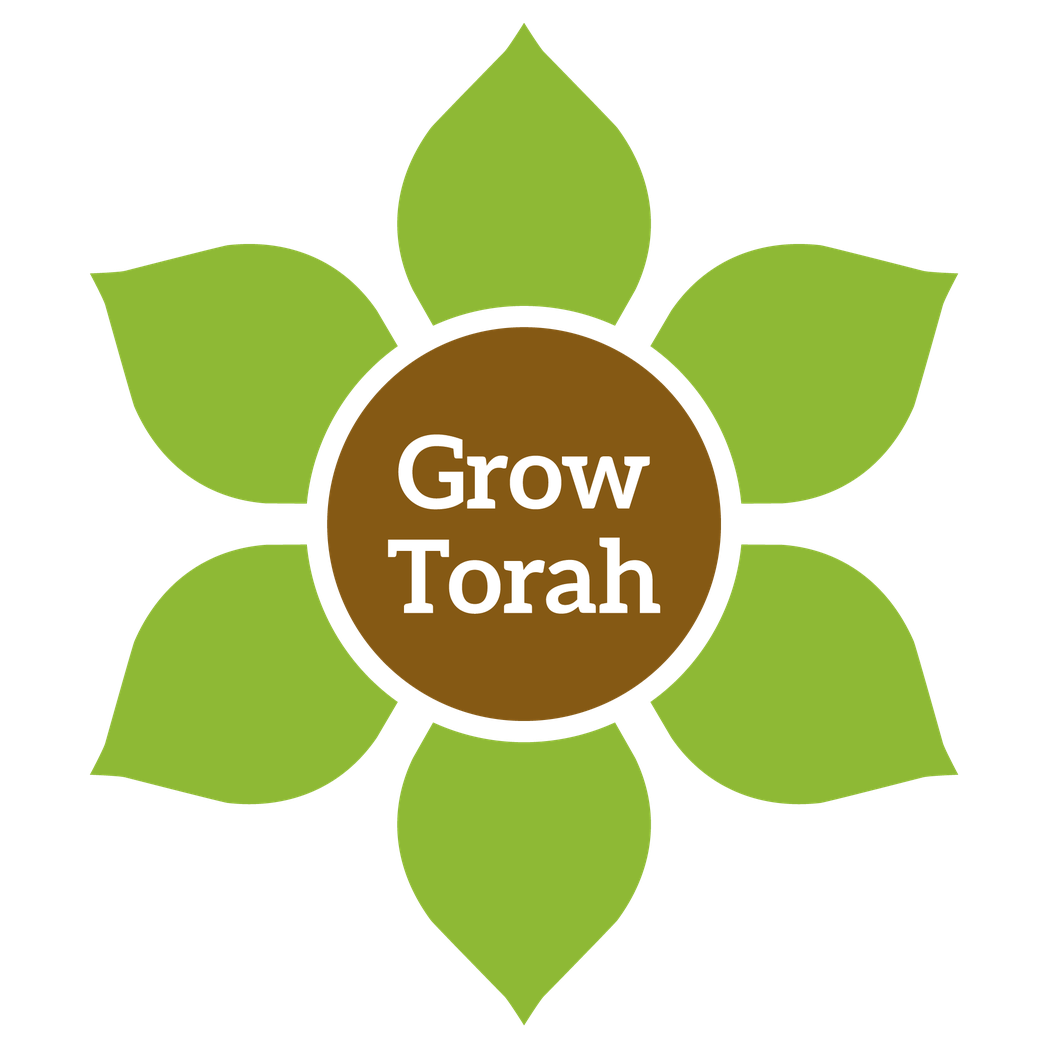What is "Leket" (the gleanings)?
(י) וְכַרְמְךָ֙ לֹ֣א תְעוֹלֵ֔ל וּפֶ֥רֶט כַּרְמְךָ֖ לֹ֣א תְלַקֵּ֑ט לֶֽעָנִ֤י וְלַגֵּר֙ תַּעֲזֹ֣ב אֹתָ֔ם אֲנִ֖י ה' אֱלֹקֵיכֶֽם׃
(10) You shall not pick your vineyard bare, or gather the fallen fruit of your vineyard; you shall leave them for the poor and the stranger: I the LORD am your God.
(א) אלו דברים שאין להם שיעור הפאה. והבכורים. והראיון. וגמילות חסדים ותלמוד תורה. אלו דברים שאדם אוכל פירותיהן בעולם הזה והקרן קיימת לו לעולם הבא. כיבוד אב ואם וגמילות חסדים והבאת שלום בין אדם לחבירו ותלמוד תורה כנגד כולם:
(1) These are the things that have no measure: Peah [corner of the field which, while harvesting, must be left for the poor], Bikurim [First-fruits that must be brought to the Temple and given to the priest], the appearance-sacrifice [brought to the Temple on Pilgrimage Festivals], acts of kindness, and the study of the Torah. These are things the fruits of which a man enjoys in this world, while the principal remains for him in the World to Come: Honoring one's father and mother, acts of kindness, and bringing peace between a man and his fellow. But the study of Torah is equal to them all.
(ה) שְׁנֵי עֳמָרִים, שִׁכְחָה, וּשְׁלשָׁה אֵינָן שִׁכְחָה. שְׁנֵי צִבּוּרֵי זֵיתִים וְחָרוּבִין, שִׁכְחָה, וּשְׁלשָׁה אֵינָן שִׁכְחָה. שְׁנֵי הוּצְנֵי פִשְׁתָּן, שִׁכְחָה, וּשְׁלשָׁה אֵינָן שִׁכְחָה. שְׁנֵי גַרְגְּרִים, פֶּרֶט, וּשְׁלשָׁה אֵינָן פֶּרֶט. שְׁנֵי שִׁבֳּלִים, לֶקֶט, וּשְׁלֹשָׁה אֵינָן לֶקֶט. אֵלּוּ כְּדִבְרֵי בֵית הִלֵּל. וְעַל כֻּלָּן בֵּית שַׁמַּאי אוֹמְרִים, שְׁלשָׁה, לָעֲנִיִּים, וְאַרְבָּעָה, לְבַעַל הַבָּיִת:
(5) Two sheaves [left lying together] are “forgotten,” but three are not “forgotten.” Two bundles of olives or carobs are “forgotten” but three are not “forgotten.” Two flax-stalks are “forgotten”, but three are not “forgotten”. Two grapes are considered “grape gleanings,” but three are not “grape gleanings.” Two ears of grain are deemed “gleanings,” but three are not gleanings.” All these [rulings] are according to Bet Hillel. And concerning them all Bet Shammai says that three [that are left] belong to the poor, and four belong to the owner.
How much is considered Leket?
What are the perameters for each?
What is the minimum for each?
What is the maximum for each?
In your own garden / farm, how will you determine your "corner"?
(ב) אין פוחתין לפאה מששים. ואף על פי שאמרו אין לפאה שיעור. הכל לפי גודל השדה ולפי רוב העניים ולפי רוב הענוה:
(2) One should not make the Peah less than one-sixtieth [of the entire crop]. And although they [the Sages] say that there is no definite amount given for Peah, it is all based upon the size of the field and upon the number of poor [who will be collecting it] and upon the abundance of the crop.
(ב) הכל לפי גודל השדה. אם שדהו גדולה ועניים מועטים נותן ומוסיף על ששים לפי גודל שדהו, ואם שדהו קטנה ועניים מרובים מוסיף על ששים לפי רוב העניים:
If his field is large and the poor are few, he should give and add more than 1/60, according to the size of his field. If his field is small and there are many poor, he should give more than 1/60 according to the number of poor people.
What is your Peah? How would you determine the size of your "peah"?
How would you apply this in 2020 given that most farms are rural and poverty is common in urban areas?
If you cannot welcome people into your "fields", how do you create safe systems for folks to access your gleanings?




